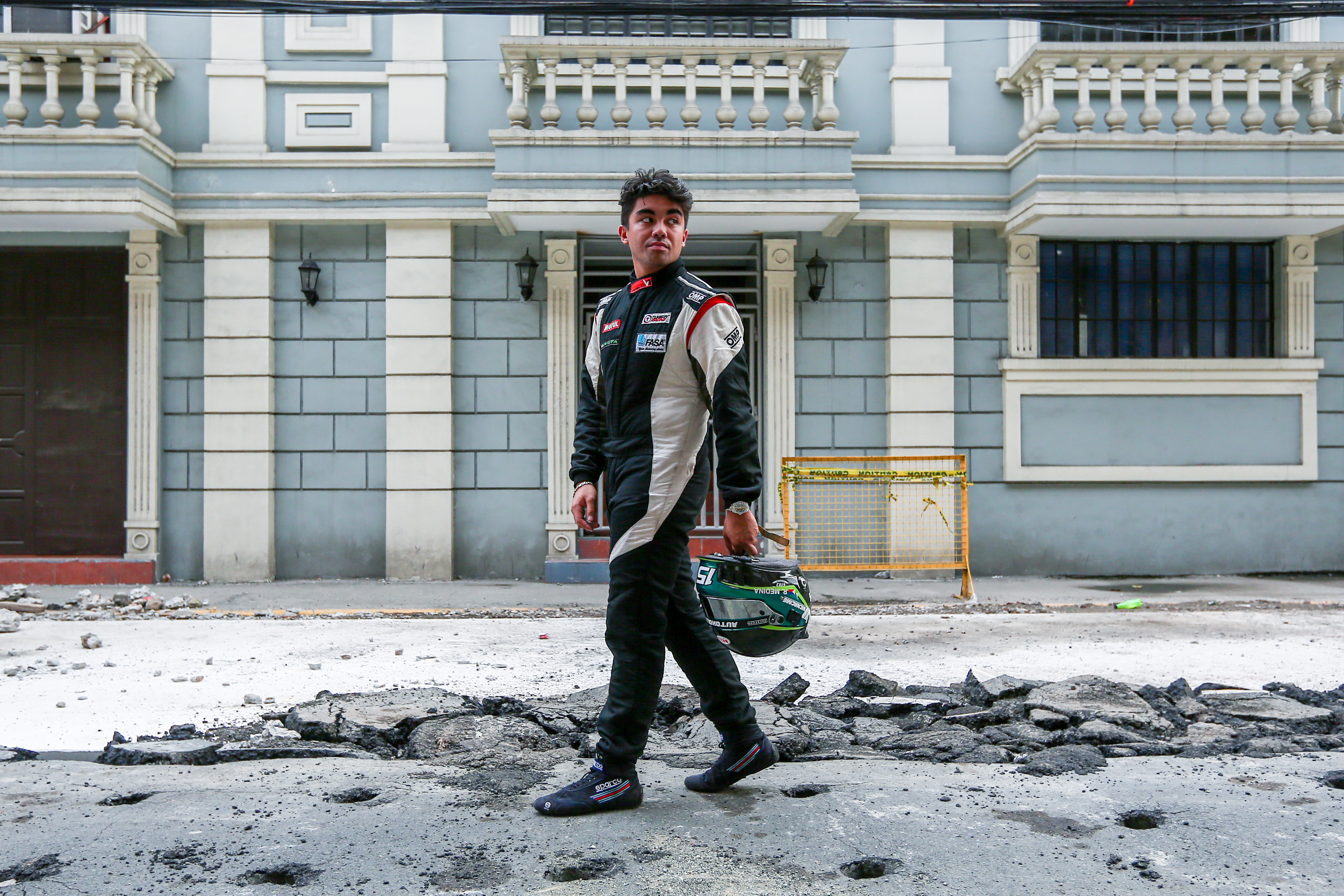At A Glance
- Filipino racer Rainy Medina is eyeing to make it to the top level of the feeder series following a promising debut at the Tuason Racing Formula V1 Race Challenge last June.
Filipino racer Rainy Medina is eyeing to make it to the top level of the feeder series following a promising debut at the Tuason Racing Formula V1 Race Challenge last June.

The 21-year-old driver made his professional debut at the Clark International Speedway and took home twin victories in the first two races of the tournament before wrapping up the first leg with another podium in the third session for the AM class.
This October, Medina is set to return to action when he competes in the second and third leg of the race season which will take place until November.
In the 10-driver grid and among pro class and amateur participants, Medina emerged the fastest after lining up P4 in the rain-drenched 12-lap race which ended on a safety car.
Although Medina started his professional career later than his peers, he remained optimistic that more opportunities will come in no time as he keeps himself in top form.
“When I started to progress, eventually I wanted to drive competitively and professionally. Formula V1 is like entry level formula racing which is what I wanted to get into. Obviously, my end goal is F4, maybe even F3,” Medina told Manila Bulletin.
The US-born Filipino is also seeking to draw more support as he attempts to move into bigger championships which require not only his talent but funding to stand out.
After the entry level competitions, the optimal route for Medina is to get into budget and regional levels where success would be critical.
“It’s an expensive sport. I think it’s safe to say that finding sponsors for this sport is a challenge. Aside from the racing, sponsorship is probably the next hard thing,” he said.
Medina, though, was glad to have his debut in the Philippines and eventually represent the country in top level international tournaments.
“It feels good to be racing in my home country. Since I’m usually always here anyway, I figured why not try to race professionally here. Cause it’s also so expensive to race in the US and there’s more opportunities here in Asia,” he furthered.
“A lot of the drivers come from go-karting. I kinda just skipped that whole step just because when I was in high school, I was already going to the track with actual cars. I felt like for me, going into karting at that age would just be going backwards,” he concluded.